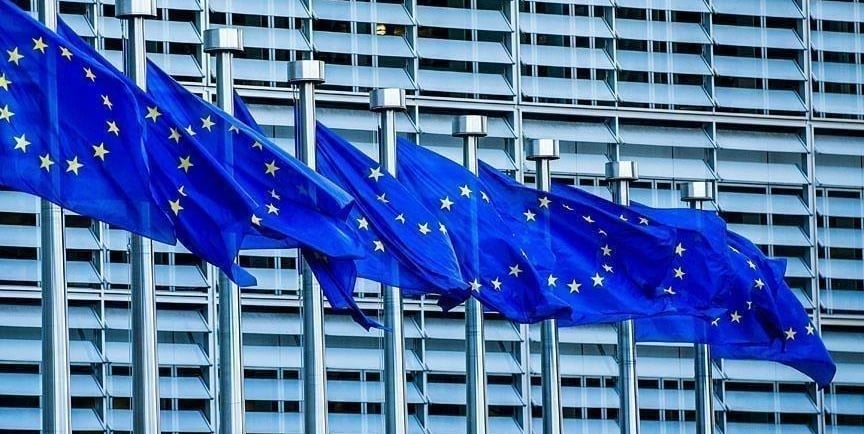EU leaders set conditions for new climate goal, 90% emission cut by 2040
10/23/20251 min read


EU leaders spent Thursday wrestling with a proposal to cut net greenhouse-gas emissions 90% by 2040 from 1990 levels—an anchor number that would reset the bloc’s energy, industry and consumer-price trajectory for the next 15 years. Draft summit language circulating in Brussels preserves the 90% headline while floating revision clauses and carve-outs for small farmers and for carbon pricing in buildings and transport, a sign that capitals want climate credibility without detonating competitiveness or household bills. Markets are watching whether the communiqué prints the number cleanly—or hedges it into ambiguity.
A 90% line implies large-scale capex in grids, clean firm power and industrial electrification, while pushing carbon costs deeper into steel, autos, cement and chemicals. Policy clarity tightens financing spreads for utilities and heavy industry; fuzziness sustains a risk premium as governments enter the UN pledge cycle toward net-zero 2050. Leaders also face voter fatigue after two volatile energy years, which explains the search for escape valves that keep the headline intact.
The Commission’s preferred pathway is –90% by 2040 on the way to net-zero by 2050; leaders today weighed language allowing revisions and cushioning for smallholders and sensitive sectors. Germany, France and Czechia pressed the competitiveness case; others want clearer industry support before signing a number. A draft seen on Wednesday added a “revision clause” that could let capitals weaken the target in future reviews.
Today’s choreography—keep 90% on the page, add revision valves—signals a bid to defend climate leadership while avoiding an election-year backlash. The emerging approach would leave ministers to finalize details at a Nov. 4 meeting ahead of COP30.
If “90% by 2040” appears clean in the summit text, expect firmer pipelines for dispatchable low-carbon power, grid-enhancing tech and industrial electrification. If hedged, price in policy drift and delayed capex. Either way, 90% now anchors Europe’s climate-and-competitiveness debate.
Earthian AI
Earthian AI is the Earth-focused risk intelligence engine headquartered in the Netherlands with international offices in Munich, Germany, and Paris, France.
hello@earthianai.com
© 2025. All rights reserved.
Netherlands
Munich: Josephspitalstraße 15, Bavaria 80331, DE
Enschede: De Hems 10, 7522NL, NL (Mailing)
Tel: +31 641 19 16 81
Germany
Amsterdam: Rokin 92, 1012KZ, NL
Tel: +49 160 978 38 013
France
Station F
Paris: 5 parvis Alan Turing, 75013 Paris, France
